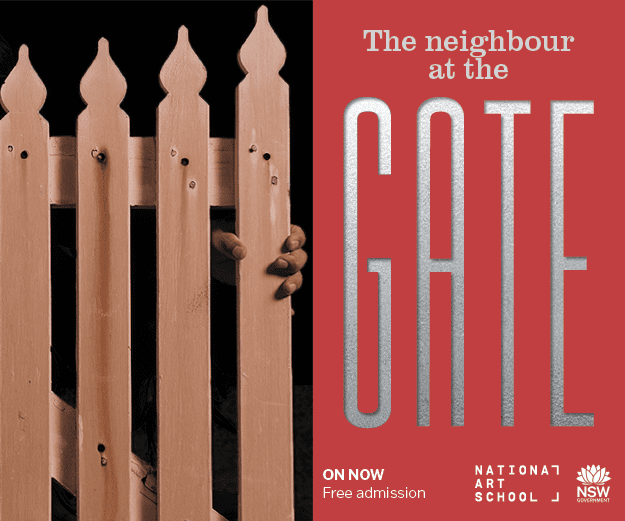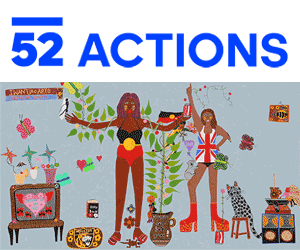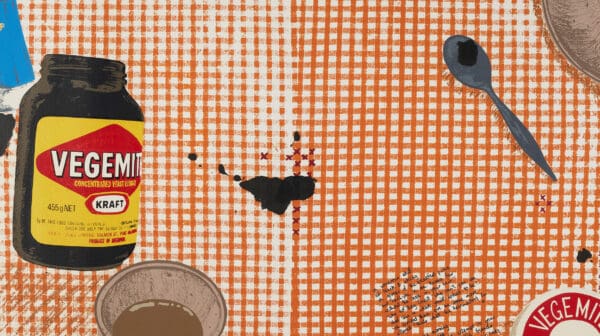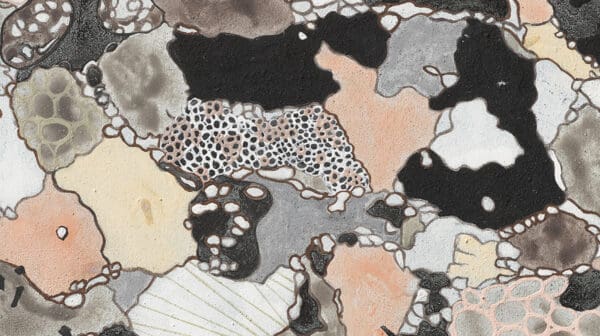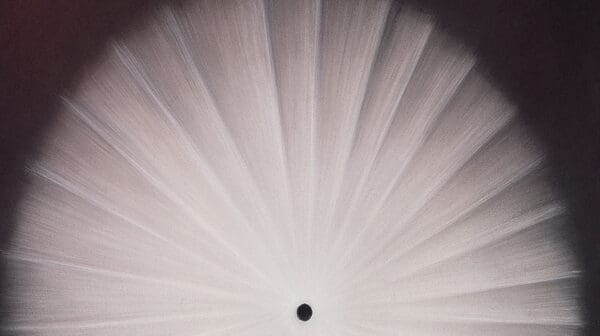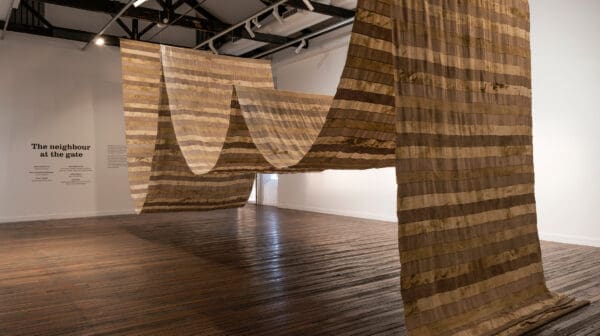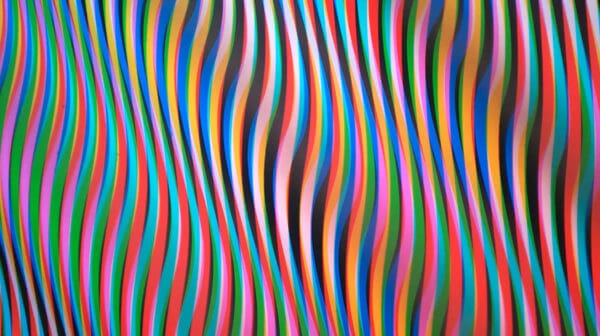In our ongoing series, Shelf Portraits, Art Guide writers recommend the books—recently published or deserving of more attention—that shed new light on an idea that has long simmered in the art world or has helped them see a familiar medium in a different light.
Jane O’Sullivan rounds up four landmark works of cultural criticism, from the bombastic through to the more tentative, onto those shining new light on the material conditions that shape artists’ lives.
Nothing If Not Critical: Selected Essays on Art and Artists
Robert Hughes (Harvill Press, 1990)
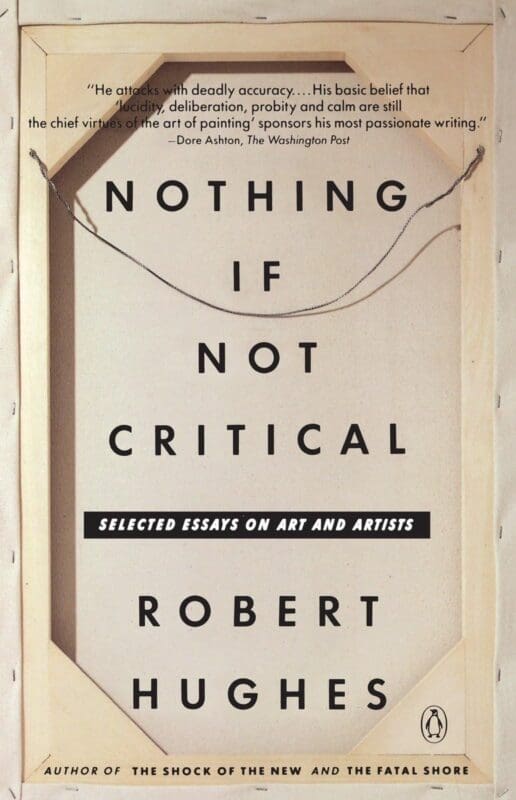
For many of us, Robert Hughes is the archetypal critic. The old definition at least, with the sports coat, bombastic authority and acid turn-of-phrase. Those joke ‘Art Critic’ caps and mugs you see about the place are riffing off the trope. As if a regular sod could ever pull it off! And that was the thing about Hughes. He was convincing because he was earnest and confident, but also because he could be very funny. The put-downs made the reader complicit and drew them into the game. Andy Warhol was the “pale rider”. Basquiat, just a “featherweight”. He especially disliked artists who he felt had gotten too big for their boots, or whose fame or commercial success exceeded their talent. The collection Nothing If Not Critical brings together his work for Time Magazine in the 1980s, along with the odd piece for the New York Review of Books, and he clearly sees himself the provocateur, throwing stones into the machine of what he once called “the buzz saw of art world promotion”.
This long-standing post at Time Magazine gave him a high-profile platform and settled him into his fame as an obstreperous and very entertaining critic. Hughes was also the author of several books, including The Fatal Shore (1987) and Culture of Complaint (1993), and the writer and presenter of two popular TV series, The Shock of the New (1980) and American Visions (1997). For millennials at least, he was the first critic we ever came across, the one we found on the shelves of Borders, and via grainy VHS in our high school classrooms. However criticism might have changed in the years since, the impression he left is very hard to forget.
Close to the Subject: Selected Works
Daniel Browning (Magabala Books, 2023)
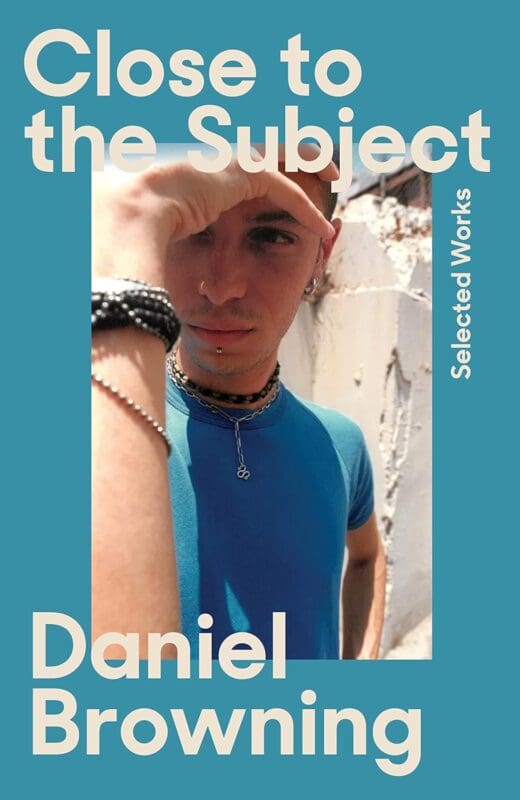
It’s impossible to read Close to the Subject and not hear Daniel Browning’s thoughtful, measured voice in your mind. Browning has been a steady presence on ABC Radio for decades, hosting Speaking Out, Awaye! and The Art Show, and interviewing First Nations luminaries from Archie Roach to Doris Pilkington. When he finally released this collection, it flew under the radar even though it contains a fascinating breadth of radio transcripts, profiles and arts criticism. It’s a brilliant collection, not just for the trust he builds with his subjects and the insights into arts criticism, but also because of how Browning talks about negotiating his public role. Traditional journalists aim for objective distance, whatever that might be. They’re identities are peripheral. Critics like Robert Hughes rarely stop to acknowledge how their own taste or perspectives developed either. For Browning, his own identity as a Bundjalung, Kullili and South Sea Islander man is critical, as are the communities he’s a part of. In her foreword, the author Melissa Lucashenko writes, “DB never forgets he’s Blak; he never forgets he’s Queer, and is very forthright about what this means in a country as racist and queerphobic as Australia.”
In Close to the Subject, Browning writes thoughtfully about his collaborative approach to journalism, and his desire to “give voice”, literally, by surrendering the microphone. The collection includes profiles of many of today’s leading artists, including Daniel Boyd, Karla Dickens, Julie Gough and Richard Bell. It also takes up pressing conversations about how the art world engages with this country’s history, and an essay pointedly called Nothing if Not Uncritical on the need to support and build space for Indigenous-led arts criticism.
CoUNTess: Spoiling Illusions Since 2008
Melinda Rackham & Elvis Richardson (Countess.Report, 2023)

CoUNTess: Spoiling Illusions Since 2008 is a powerful work of cultural criticism and data gathering that highlights the many difficulties facing female-identifying artists. The data tracks key milestones in an artist’s career, from graduating art school through to pinnacles of success like representing Australia at the Venice Biennale. As patterns emerge, it becomes clear that the desire to trust in merit—to believe the cream will always rise to the top—is not enough. Visibility in the art world also relies on access to those opportunities to develop skill, exhibit, make connections and be seen.
Spoiling Illusions Since 2008 is an eye-opening and very engaging book, with clever design that makes the data easy to follow, along with sharp analysis and personal essays. The publication also documents the history of the grassroots data project, and weaves in personal reflections from founder, artist and co-author Elvis Richardson. Their experiences bring the data to life, showing how these various pressures and imbalances can be felt in artists’ lives, in both big and small ways. As a project and a publication, Spoiling Illusions Since 2008 defiantly expands the definition of cultural criticism.
Peripathetic: Notes on (un)belonging
Cher Tan (NewSouth, 2024)

These days, the essay has become a careful little dance of confession, vulnerability and relatability. Cher Tan’s not playing and she’s certainly no Jia Tolentino. One of the essays in Peripathetic is full of redacted details, with black lines repeatedly struck through the text. The reader doesn’t get everything. It’s not always the easiest collection but Tan is one of the most inventive nonfiction writers in a long time, and an astute cultural critic too. In this debut collection, she ranges widely, writing about music subcultures, online identities, language, Pirate Bay and shitty jobs. While she doesn’t write about the visual arts, many of the questions she’s grappling with will be very familiar to artists. She explores quests for authenticity and belonging, alongside the gentrification of countercultures and the tangled relationship between art and money. This is when Tan actually does get a little confessional. She talks openly about the material realities of her own writing career, from her working-class background in Singapore to the precarity of freelancing and the windfall grant that allowed her to finish Peripathetic. “You think it’s a shit ton of money,” she writes. “You get hit with a tax bill. Then you realise that it actually wasn’t a shit ton of money—it’s barely enough to live on.” Her point is perhaps simple enough. “I’m most content when I have time to think and time to write. Yet those of equal talent and interest may not even have a chance.” Tan is part of a broader shift across cultural criticism. Writers like Elias Greig and Diego Ramírez are also showing a strong interest in the terms of cultural production, and how commercial interests shape our cultural lives. As Australian policymakers continue to grapple with whether art is a luxury item or a common good, voices like Tan’s are set to become increasingly critical.
If you’re interested in reading further, the books mentioned can be purchased from the Art Guide Bookstore. Visit us in store (43–47 Simpson Street, Northcote 3070, open Wednesday – Saturday 9am – 5pm) or online.

